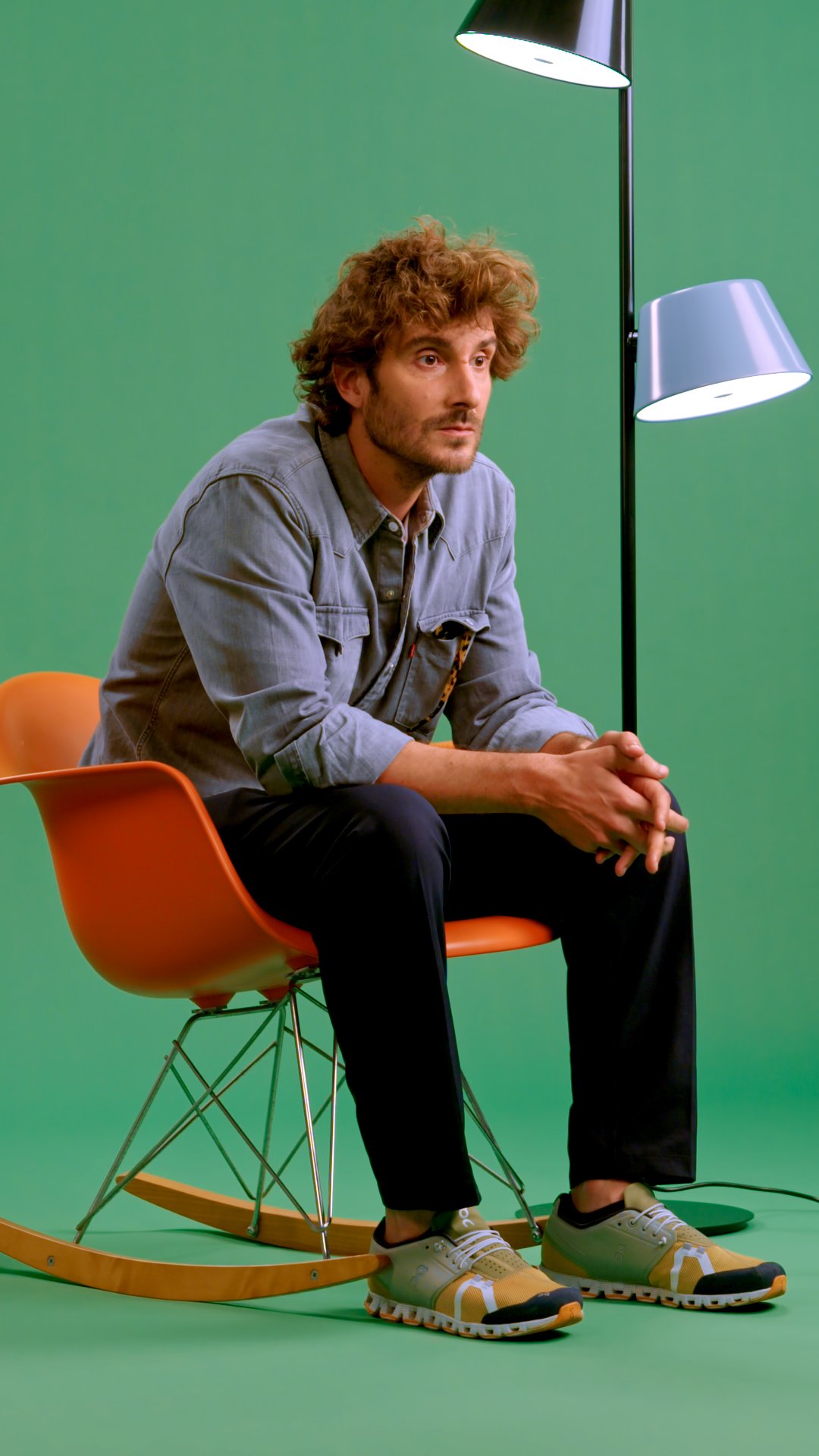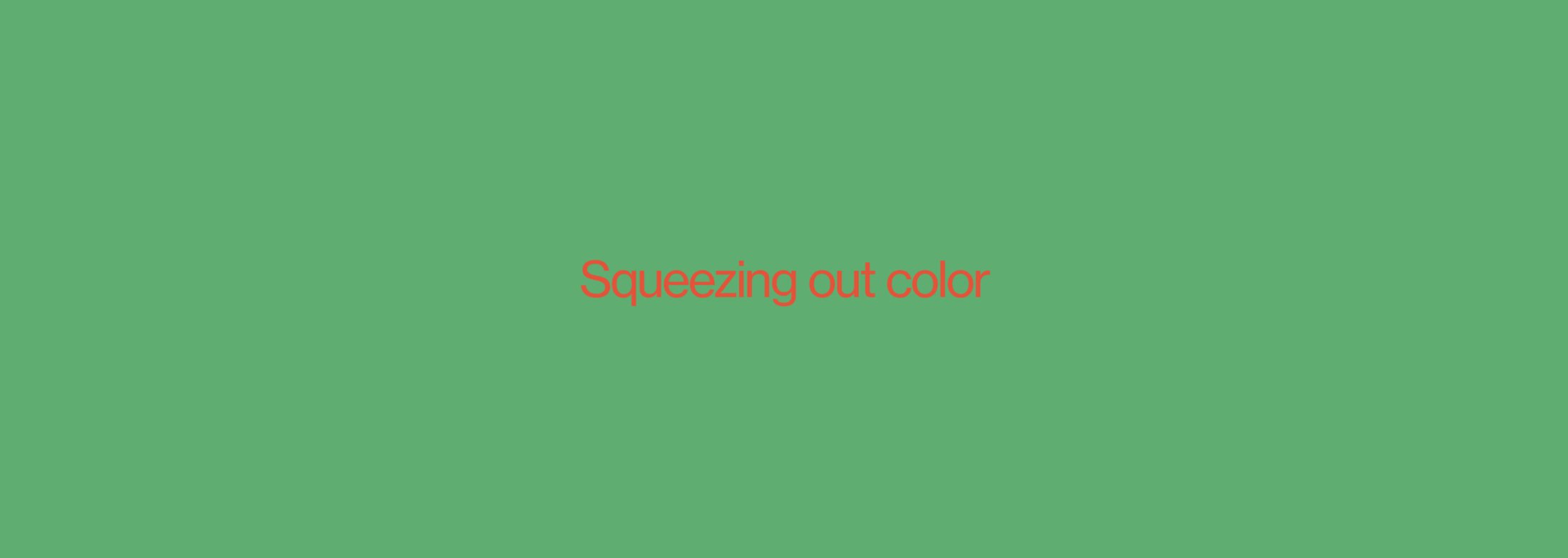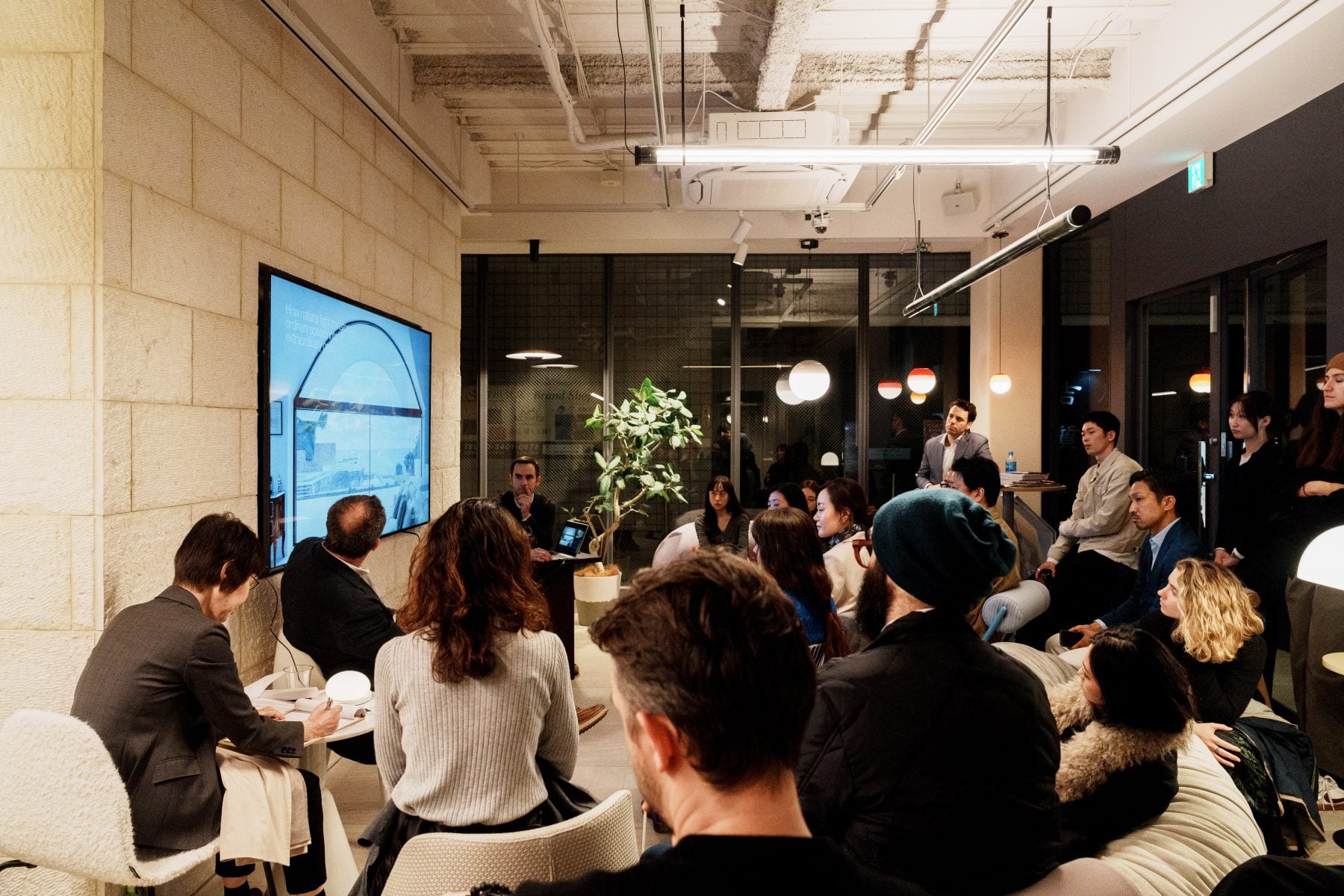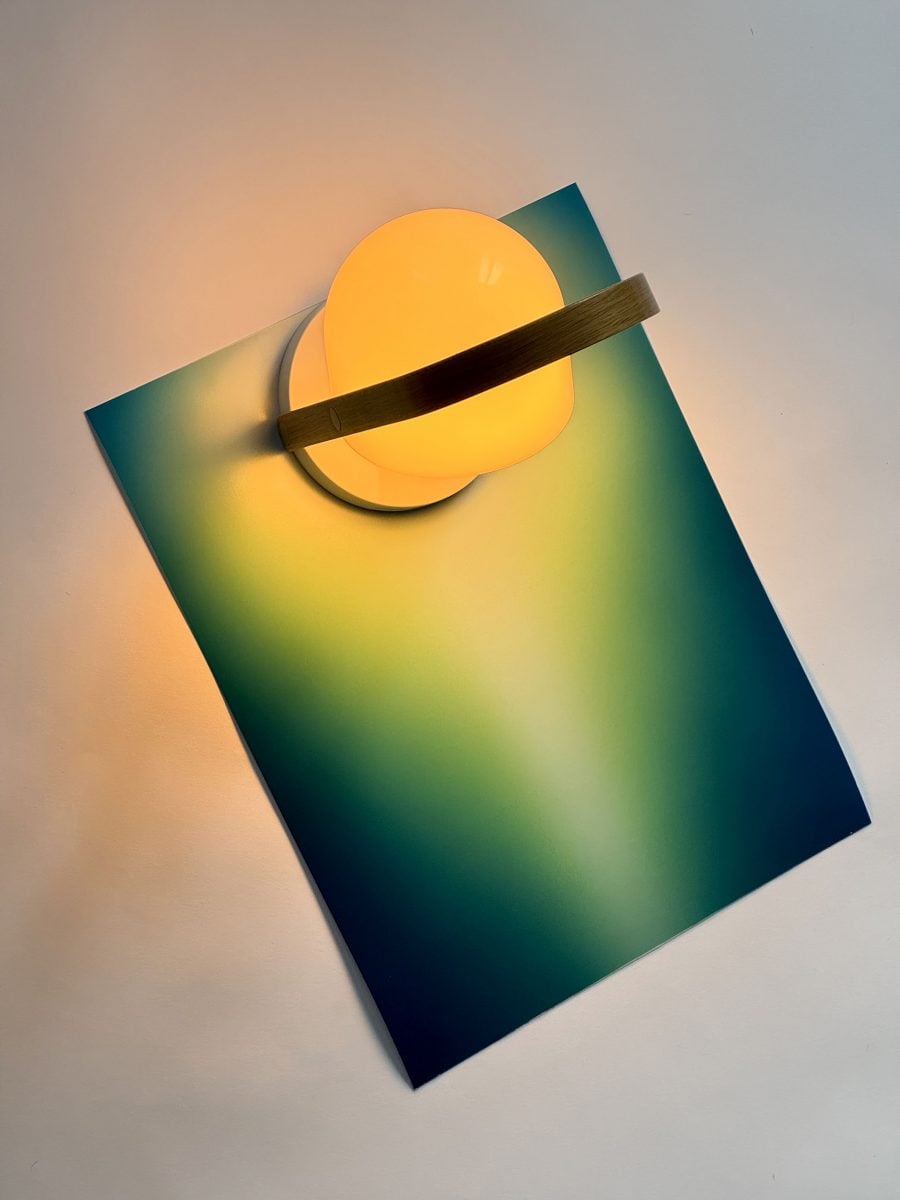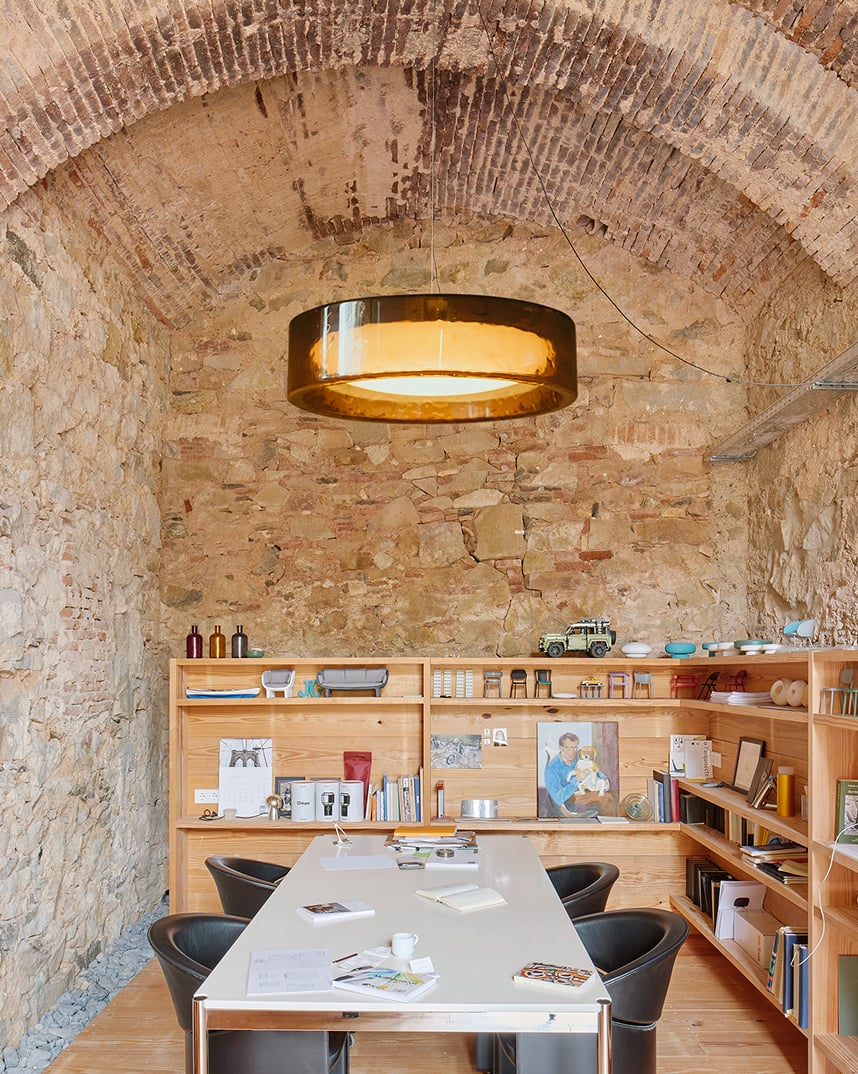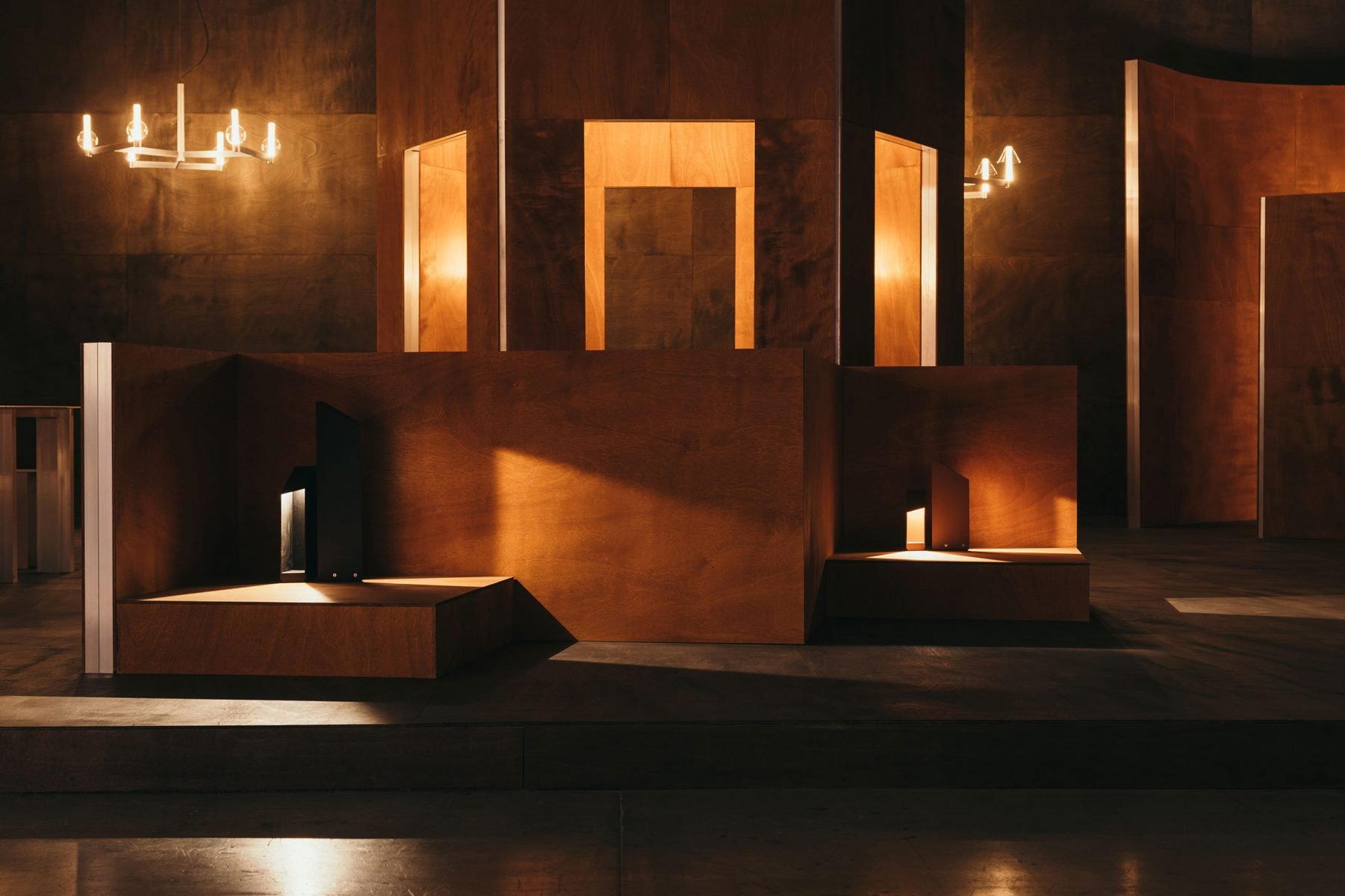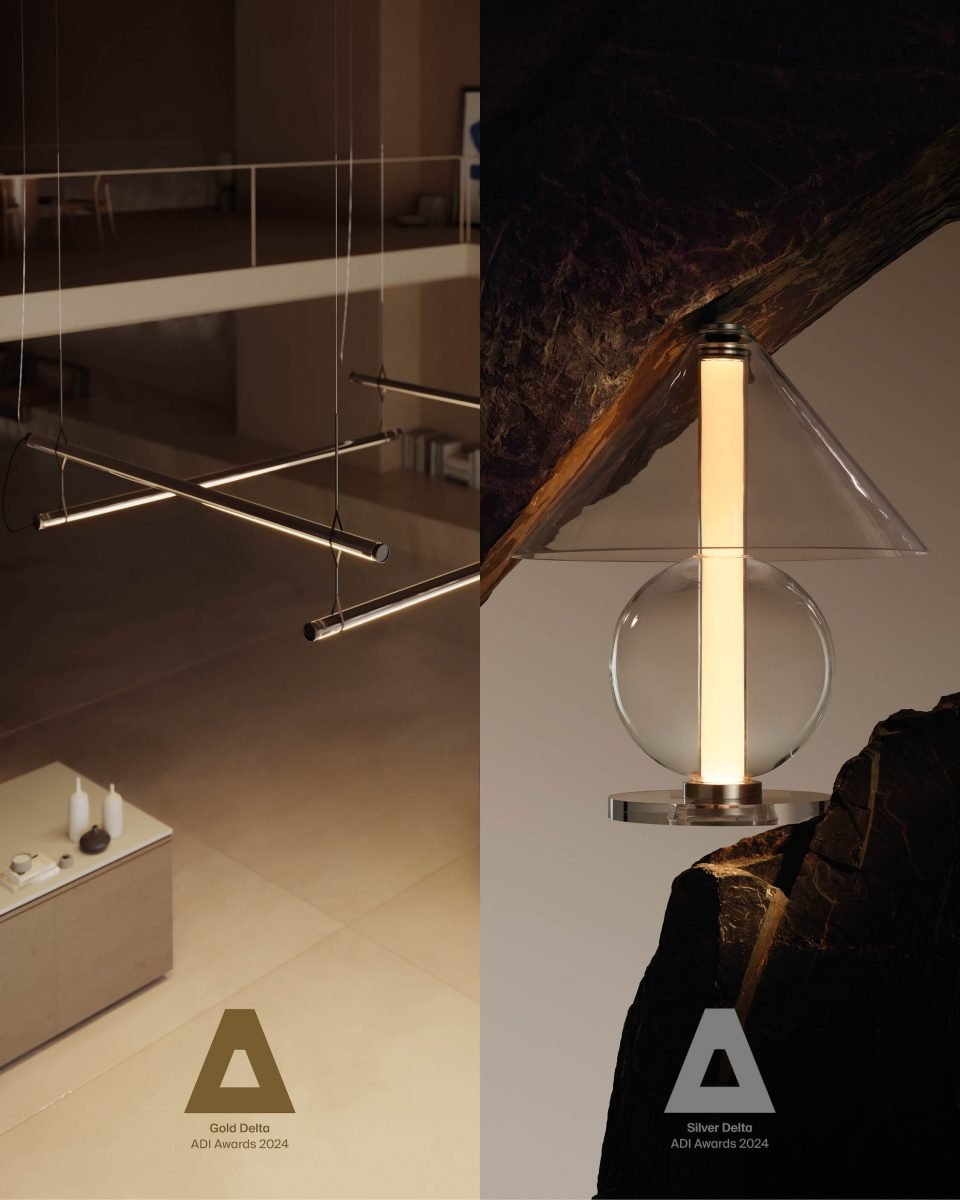Squeezing out color with Yago Hortal
Yago Hortal is an artist from Barcelona who has been painting for more than 15 years, with colorful artwork, characterized by its intense and vibrant chromaticism. Currently, he is exploring a field of darker, monochromatic and natural tones. However, throughout his career he has always used color as a fundamental part of his artistic language, a means of composition and experimentation.
How would you define your style?I am known for very gestural artwork, very liquid, with a very marked gesture, very clear, as well as a very thick density and exuberant color. Now, I am in a transition into something else, but I am very much known for color.
The use of color is an important reflection of your work, what does it represent for you? Color for me is something natural. In my case it has always come to me in a very spontaneous way, unprovoked. Actually, I always say that I don't know if I'm the one who chooses the colors to paint with or if it's the canvas that really decides what colors it wants to be painted with. Painting has a little bit of that thing where you never really know to what extent you have control over it.
How and when did you find such a distinctive artistic language?From very early on, when I finished my degree, I could already see a little bit of where I wanted to go and through hard work, painting, correcting, adding and removing things that didn't interest me, I got to where I am now.
Does your risky and particular use of color translate in the same way in your personal life? I don't think so, I'm a more sober person when it comes to decorating or the way I dress, but I always like to have a touch of color in things, in some particular detail. I guess it's because I live constantly surrounded by color in the workshop, so to strike a balance, I don't need it so much in other situations.
How does your process for selecting a color or a palette work? What is your criterion behind the choice of a color or a palette? The discovery, the motivation to discover something new, something unknown, it can open doors that you don't know and lead you to other equally valid paths. Actually, the mixtures of colors always came to me based on what I had planned to paint a little bit. I always paint based on the heritage of what I have painted before. So maybe from the first painting to the last they make a whole journey, which is what I think an artist's work is. But for an specific painting, I don’t think about painting it in a particular color.
How do you know when to stop?That's the hardest part of all. You notice it somehow, you can tell when the painting is already there and you can't add anything else to improve it, you have to stop. The trouble is that it's difficult. Sometimes looking for perfection is not always good and you go too far and you end up at a worse point.
How do you think color influences the lives of the people who contemplate your work?Well, in this latest exhibition, a lot of people came out telling me that they were very energetic, with a lot of vitality, and that's something I really like to hear, but it's not what I really wanted in my painting. I don't really want to provoke anything, but I like the result to be mostly with that point of positivism and joy, which it seems that with color, some paintings can give you.
In what way do you expect your works to occupy a space?I never think about the space where they will live after they leave the workshop, they are autonomous things in a way and when they leave my workshop I lose control over them. When I paint, I don't paint thinking that they will go to a specific collection, to some museum, it just happens later. However, I think that the important thing about these spaces is the silence that surrounds them. It is very important that nothing disturbs the painting itself. Each one needs its own space. That silence that surrounds it and that it has around, it what makes it well accompanied in some way.
It is not only the use of intense and vibrant chromaticism but the way they are captured, from the abstraction and the form that the color takes. Could you tell us more about your process?The process is very organic. I start to paint what is being inherited, a little bit of what I have left to paint in the previous painting. One painting always leads to another and it is a very natural process in which nothing is forced, in the sense of wanting to paint something in particular.
Who are your references and where do you draw your inspiration from?There are many painters, many artists that I like, for example, Miguel Ángel Campano, José Guerrero and Katharina Grosse. Others are younger, like Victor Jaenada, Alan Sastre, Guillermo Pfaff. Howard Hodgkin, for example, is an older English painter. There are a lot of them. I guess you pick up a little something or they reach you in some way and inspire you. But I usually don't try to see a lot of painting when I'm in a deep working process, so that I don't get influenced too much.
In your exhibition 'That was then, this is now', do you think there is a significant change in how you perceive color during your career?Yeah, there definitely is. Because before I had this exuberance, these explosions of colors –which I haven't ruled out going back to at some point– but right now, I'm more interested in more natural things than in those industrial colors, like charcoal or graphite blacks, for example, precisely because they are unknown. Before I would never use black, I didn't need it, and so I used those darker tones to create contrasts. But now the black, because I have not used it, catches my attention.
Are there any challenges you want to address in your works currently in terms of color?Yes, I think that sometimes it's nice to get a little bit lost in order to not know so much about what you do. It seems to me that getting comfortable in some way with something that you know is quite easy and simple and that's fine, it has its validity. But I'm doing the opposite now, because I think it gives me a better knowledge of the environment. Being able to look for new things, that illusion of saying “this can also be done”.
Has your work been affected in any way by the emergence of new techniques?I don't know, because I work with several techniques, with several things at the same time. But always from the materiality, where you have a variety of densities of paint. So, in my case I try to look for several ways, and try out several extremes, to see what happens. I am often asked if my paintings are digital because they have a lot of blurring, and sometimes there is something very strange created at a visual level. The work of the painter is much more of a workshop and of being alone. And I'm a bit more classical, more material, touching and experimenting.
Do you have a color that you feel more in tune with?There isn't any one in particular, it depends on what it's for. When it comes to painting, I move with several colors at the same time. There is always a yellow, a pink, a green. I would say that those are probably the three I use the most. The blues are more complex. Nowadays I'm also interested in blacks. This selection happens naturally, depending on the context, the moment, I have always lived surrounded by colors and they change.
Do you think there are still things to discover in regards to color?Yes, a lot of things. In all senses. I hope this never ends, actually.
